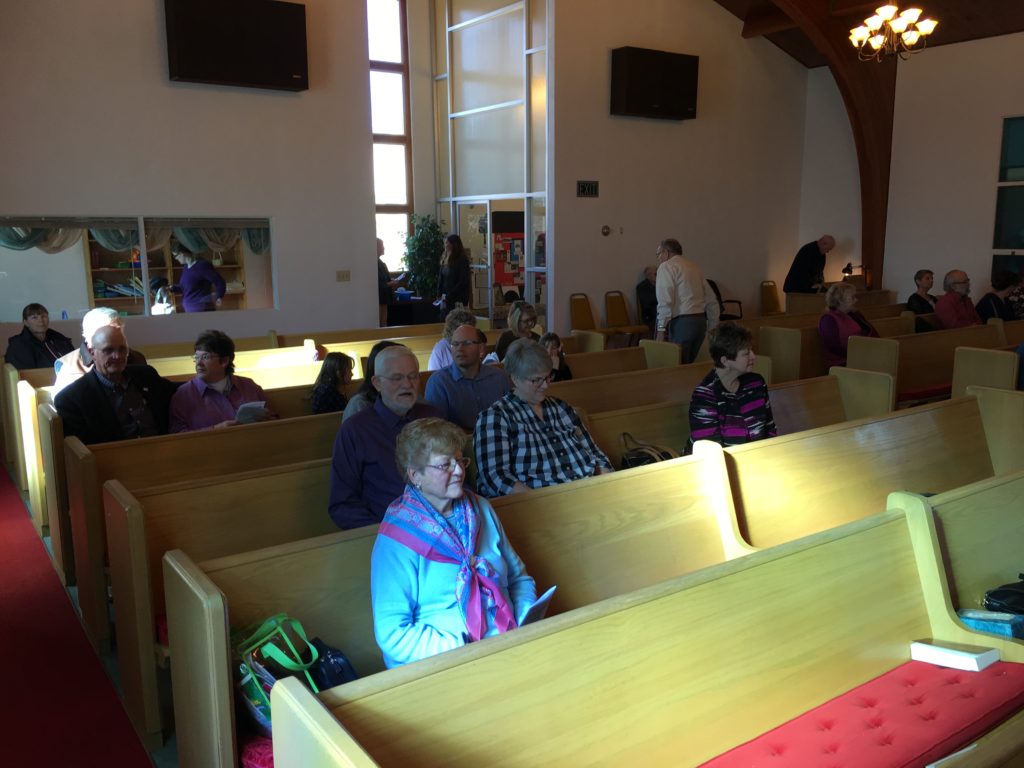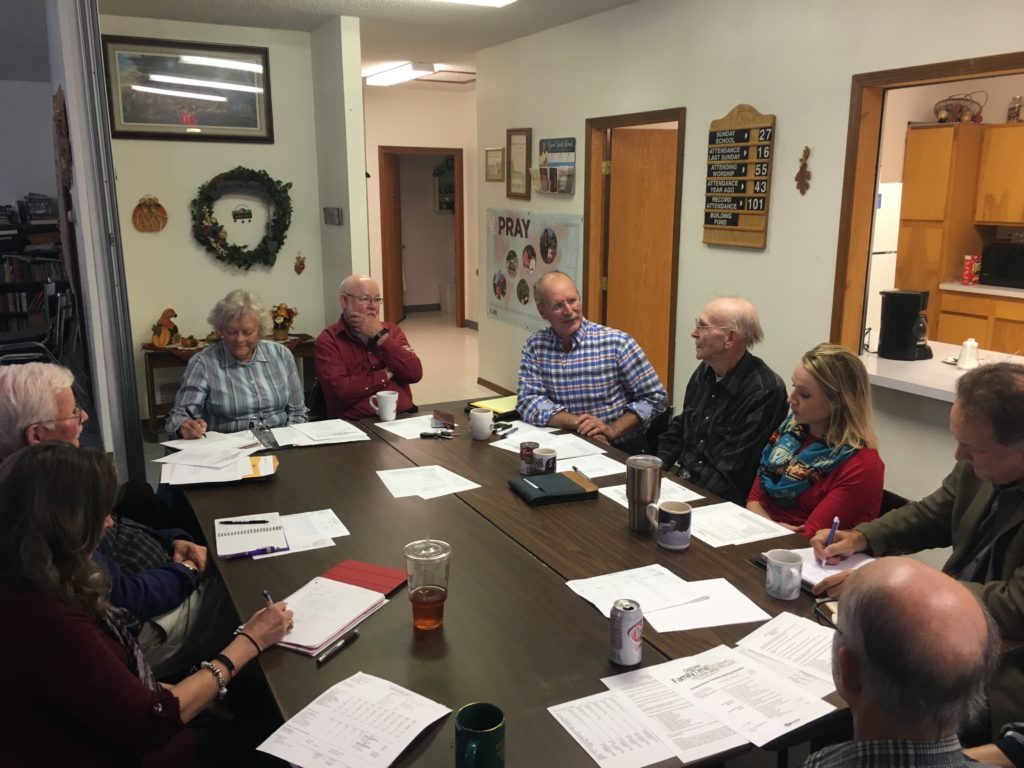Participants
Pastors of Pastoral-Size Churches
This project will focus on churches that are classified as pastoral-size churches. Pastoral-size churches have between 50 and 150 active members. The first reason for selecting this size church is that most mainline churches are either the family or pastoral-size categories. The key relationships in the family-size churches are clans built around the matriarchs or patriarchs, not the pastor. They have already adjusted to the financial realities of part-time pastoral leadership and limited activities. In pastoral-size churches, the pastor’s participation is central to most activities and ministries of the church, especially when establishing new ministries. In family-size churches, the pastor’s role is to relate directly the families of the church. In program- and corporate-size churches, pastors can delegate initiation and oversight of church ministries and programs to paid staff. In most pastoral-size churches, the pastor is the only paid clergy, and therefore without colleagues to share ministry responsibilities. These pastors are described as “the hub of the wheel, master coordinator, chief minister.” In these churches, lay members serve either as short-term task-doers or micro-decision makers but do so in close relationship with the pastor. Any other staff—typically a secretary and/or musician—are part-time and have limited responsibilities in the church. The health and growth of pastoral-size churches depends primarily on the effectiveness and popularity of the pastor. Therefore, the potential for clergy to make changes that have a direct impact on the local church is greatest in this size church. Likewise, the potential for clergy burnout and scapegoating is also increased by the very nature of the pastoral-size church.


Pastors of Mainline Churches
This project will focus on mainline and historically African-American churches. This does not imply that the forces described as the Age of Disestablishment affect mainline churches exclusively. These forces will increasingly impact Evangelical and ethnic congregations as they have the mainline churches. American Baptists have been designated by many (but not all) as a part of the mainline churches, so this project will focus on this group of pastors. Mainline churches are the historic denominations that once made up the majority of Protestant Christians in America. Traditionally, these denominations are the Presbyterian Church (U.S.A.), the United Methodist Church, the Episcopal Church, Evangelical Lutheran Church in America, the United Church of Christ, and American Baptist Churches. Each entity has pockets of growth and a number of thriving churches, yet overall, they have experienced a long period of decline.
Number of Participants
This case study will seek to measure the effectiveness of an intervention with a group of 16-24 pastors. These participants will be members of mainline Protestant and historically African-American congregations within a four-hour drive of Denver. Colorado. During the orientation meeting, the participating pastors will be divided into two groups of 8-12 people each to keep the group size small enough for effective interaction. If only 12 or fewer pastors are recruited for the project, there will only be one group. The emphasis will be to recruit pastors who serve in pastoral-size churches.


